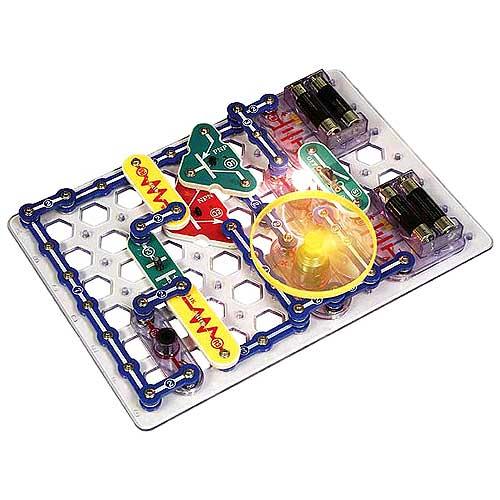

Project 3 is a circuit where you simply turn on and off the lamp) and end by using multiple components in various combinations (Project 18 uses the horn, lamp, and light motor together). The projects in the kit start by using each component individually (e.g. The Snap Circuits Beginner kit includes a battery holder (batteries not included), a red/yellow LED, a lamp, a light motor with fan blades attached, a slide switch, a press switch, a horn, four snap wires, and a hollow, plastic egg that can be placed over the red/yellow LED as an aesthetic addition to the circuit. It’s also simpler than most of the other kits, containing just 14 parts and instructions to build 20 projects.
SNAP CIRCUITS MANUAL
It includes extra safety features and a simplified instruction manual using only images to make it more appropriate for those 5 years old and up. The Snap Circuits Beginner kit is the best Snap Circuits set for younger children. Now, you can decide what the best choice is for your child–or yourself. Below, I have listed 6 of what I consider to be the best Snap Circuits sets. If the child outgrows one, then another can be purchased and combined with the previous one. All Snap Circuits sets are compatible with one another.
SNAP CIRCUITS FREE
This form of free play is a great learning aid, giving Snap Circuits another check in their favor. Once the projects are exhausted, the components can be used in any possible combination to create a completely different circuit. Each set includes different and/or more components to provide a wider variety of projects. Each Snap Circuits kit comes with instructions to build a wide variety of projects using the included components. A snap system attaches the components to one another, like snap buttons used on a coat. The kits work by attaching components to a plastic structure (included with every kit), similar to a breadboard in a traditional circuit. You also avoid the somewhat dangerous or complicated tools typically used in circuit building. Snap Circuits are great toys to introduce kids to building circuits without requiring traditional and confusing circuitry components.


 0 kommentar(er)
0 kommentar(er)
